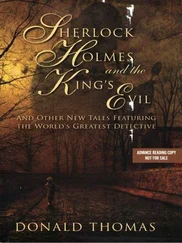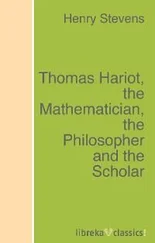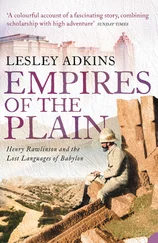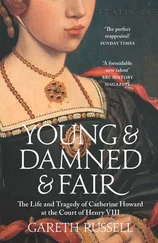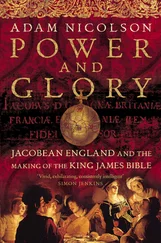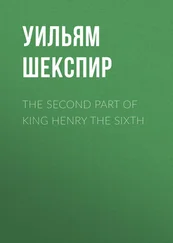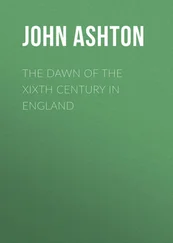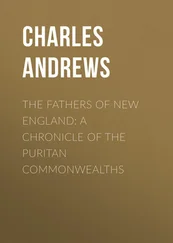Through the late summer of 1501, the plans were worked over exhaustively. In practical terms, Suffolk’s absence had to be accommodated. As announced in Calais, he had been due to captain one of the two teams participating in the forthcoming tournament. Now, casting around for another appropriate noble to lead these stylized expressions of chivalric loyalty to the crown, the king promoted a member of Suffolk’s original team – the twenty-four-year-old Thomas Grey, marquis of Dorset, extrovert grandson of Elizabeth Woodville and cousin to Queen Elizabeth. Dorset’s father, whom Henry had always mistrusted after his vacillating support in exile, died on 1 September. It was the perfect opportunity for Henry to throw a paternal arm around the young marquis in a gesture of familial inclusiveness, creating him a knight of the Garter to boot. Dorset’s team would include the foremost of the young generation of nobles who adorned the court: Henry Bourchier, earl of Essex and William Courtenay, heir to the earldom of Devon. All three were close friends and companions-in-arms, a tight-knit group. 32And all were advertisements for the stability of the reign. Dorset and Essex were Woodvillite Yorkists while Courtenay, from a staunch Lancastrian family, was married to one, the queen’s sister Katherine. Together, they had become leading lights of Henry’s court. Essex and Courtenay, moreover, had played key roles in crushing Warbeck’s army in 1497.
In a characteristic fit of micro-management, Henry overhauled arrangements for the reception – one of a stream of organizers trooping down to Richmond to confirm plans was Garter herald John Writhe, who took a boat from London in order to ‘have the king’s mind’ on the colour of Prince Arthur’s trumpets – and the after-dinner entertainments. The two men initially entrusted with looking after these revels ‘in the best manner they can’ were deemed inadequate to requirements. In their place, Henry summoned one of the household’s outstanding talents. William Cornish, master of the children of the Chapel Royal, had burst on to the court’s consciousness during the twelfth night celebrations of 1494, when around midnight, dressed as St George, he had led into Westminster Hall a pageant consisting of a ‘terrible and huge red dragon, the which in sundry places of the hall as he passed spit fire’, then recited courtly verses of his own making before breaking into song, backed by a bravura performance by his well-drilled choir. 33The extrovert Cornish, Henry had decided, was the man capable of sprinkling stardust over the wedding entertainments. In place of the original, vague instructions, Cornish was closely briefed to produce a sequence of ‘disguisings’, dramatic tableaux and dances that would incorporate the latest European cultural fashions in an emphatic message of Anglo-Spanish political unity. Over the next months, he would visit the king, outline his plans, and draw substantial sums from the chamber treasurer, John Heron, for his services. 34
Henry and his counsellors decided that something more was needed in the wake of Suffolk’s flight. Sir Reynold Bray, one of the king’s inner circle and a familiar and unwelcome face in London’s corridors of power, strode into the Guildhall to demand a major change to the plans. The customary wine fountain, positioned outside St Paul’s on the wedding day to keep the crowds in good voice, should be transformed into another pageant, the most spectacular of them all. An artificial mountain studded with jewels and covered with red roses, wine gushing forth ceaselessly from its depths, this ‘Rich Mount’, a play on Henry’s family name of Richmond, would be an emphatic statement – and the city, Bray stated, would foot the bill. Outraged, the city leaders pointed out that they had paid for all the other pageants and a lavish present of gold plate for the Spanish infanta, and refused point-blank, unmoved even by Bray’s uncompromising bluntness. The king’s household grudgingly covered the cost.
Finally, as October drew to a close, Henry received word of Catherine’s delayed arrival in England. Her first attempt to make the trip had met with ‘great hugeness of storm’ so severe that it ripped the ships’ masts out of their sockets, and she had been forced to turn back. When she set out again, the long journey through the Bay of Biscay and up the Atlantic coast had been a miserable one. Landing at last in Plymouth, ‘far in the country of the west’, Catherine made stately progress through southern England, welcomed on the borders of every county by regional notables under the co-ordination of the king’s lord steward, Lord Willoughby de Broke. The king had waited a long time for this moment. Now it was in view, he could contain himself no longer. On 4 November, in the late afternoon, he rode out from Richmond Palace to meet Catherine, lodging that night with Prince Arthur at his manor of Easthampstead.
Two days later, they encountered Catherine’s representatives outside the village of Dogmersfield on the Hampshire plains, where the princess’s party was lodging in the sprawling house owned by the bishop of Bath and Wells, the king’s former secretary Oliver King. Leaving Arthur behind, Henry reached the house by mid-afternoon. The princess’s servants fussed around; she was, they protested, in siesta. Henry brushed the excuses aside. He had, he said, come to meet his daughter-in-law, and was not to be denied, even if she were in bed. In the middle of her flustered attendants, Catherine was poised and correct. She and Henry met with ‘great joy and gladness’. Barely an hour later, Arthur arrived and was introduced to his future bride. The teenagers faced each other, exchanging courtesies in mutually comprehensible Latin: Arthur elegant, formal and deprecating; Catherine petite, auburn hair tightly framing a snub-nosed, doll-like face.
Through persistent autumn rain, the Spanish retinue continued its slow journey towards London. As they descended the Surrey hills towards the village of Kingston-upon-Thames, they were confronted by a mass of uniformed men, four hundred strong. Detaching themselves from this ‘great company’, a cluster of richly dressed riders advanced towards the princess, led by the duke of Buckingham, florid and blue-eyed, who recited Latin verses in welcome. He and his private army, all dressed in the Buckingham black and red, would accompany her on the last stage of her progress. It was a magnificent assertion of noble power – or rather, as a royal herald travelling with the party preferred to put it, an example of the quality of the ‘assistants of the realm of England’ that Henry could call upon. Swollen with Buckingham’s retainers, the retinue moved on to the archbishop of Canterbury’s palace at Lambeth, where Catherine would spend the night before her reception into London. 35
On the morning of Friday 12 November, Catherine set out from Lambeth through the suburban meadows and market gardens of the Thames’s south bank to St George’s Fields. Awaiting her was the horsebacked group of English lords, ‘spiritual and temporal’, who would parade with her through London, Buckingham pre-eminent. With him was Henry’s military mastermind, Thomas Howard, earl of Surrey, thin-lipped and beak-nosed; the mitred and croziered archbishop of York; and an array of younger nobles and their hangers-on, slickly groomed in coloured silks and plumed headdresses, and heavy with ornaments and jewelled chains, exchanging cool glances with the ladies of the queen’s household. At the head of the party, in a cloak of crimson cloth-of-gold and attended by a hundred retainers in gowns of tawny and blue, was Henry duke of York. As they met for the first time, Catherine would have been struck by the marked difference between the brothers, physically and temperamentally. In contrast to Arthur’s constrained politesse, Henry, half a decade younger, ruddy-cheeked and blue-eyed, was a bundle of barely suppressed energy. Their horses stamping and steaming in the November cold, the English party paired up with their Spanish equivalents and set off through Southwark and the Borough to London Bridge. 36
Читать дальше


